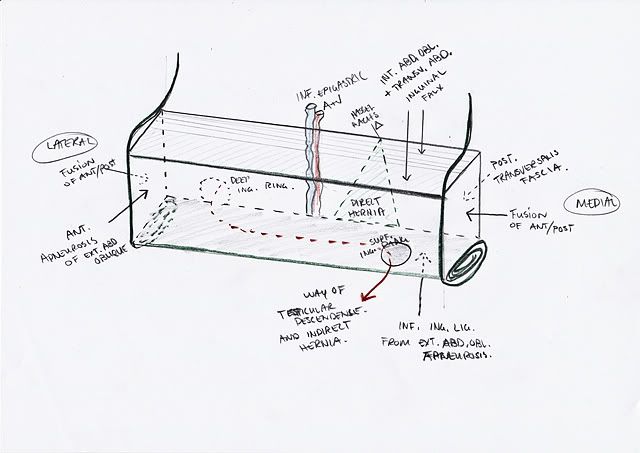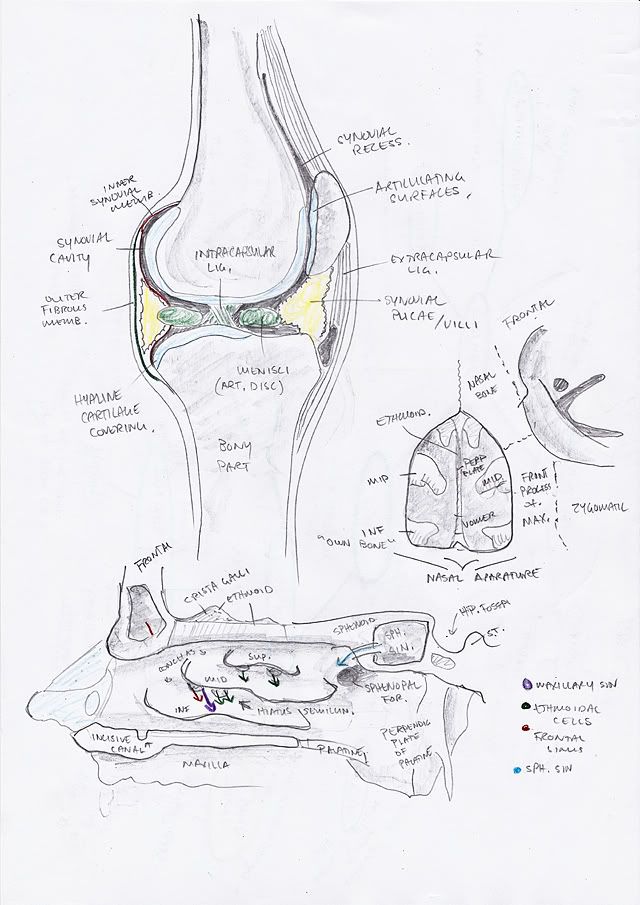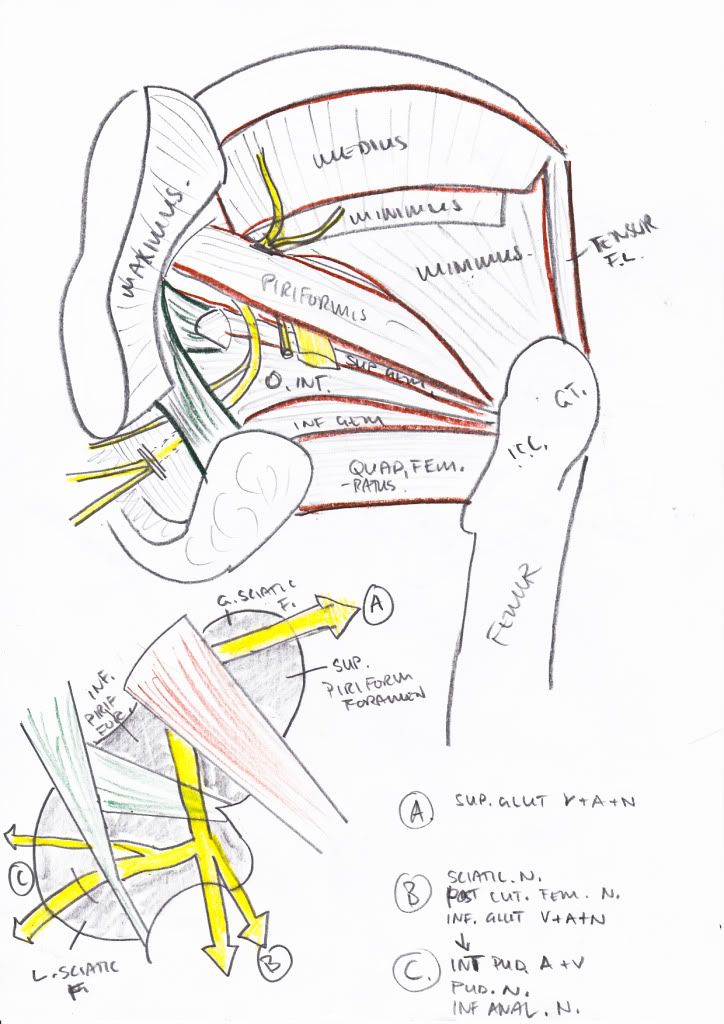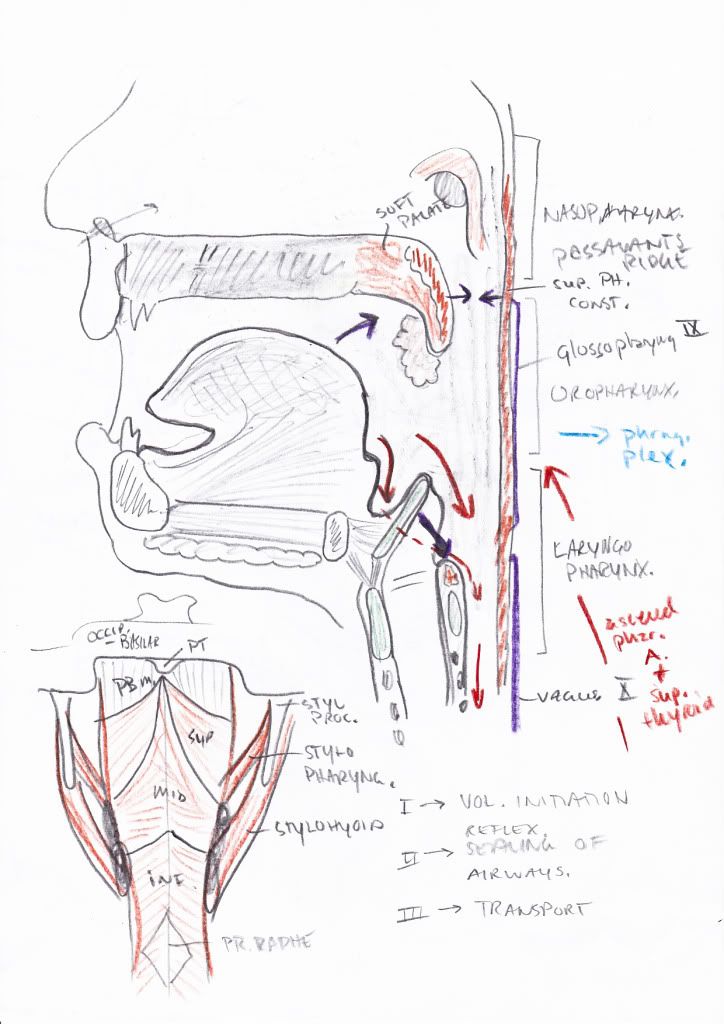The first thing I should have done differently in anatomy was to print the exam questions in the beginning of the course, not in the end. It is true that you answer a lot of the questions during the year but it is one thing to know the fact and to be able to present it. I started with the first questions and it took me a great deal of time to write it all down. I understood that this was not the way to go so I started to build simple skeletons of the questions with criteria I had to cover.
By putting up a simple model of each question and by repeating the anatomy in the atlas I was able to recall the knowledge – it is true that once you’ve touch a subject, even just briefly, the knowledge comes back to you. There are some questions that require more theory than others, for example the general structure of bones and muscle, so those you must read up on a lot. More straight forward anatomy questions I found being up to date in my head and I spent little or no time on those.
I was told that being able to draw something about everything was a good way to go and I spent a lot of time repeating my schemes and drawings just to get the details right. My girlfriend Kristyna, who’s in fifth year of her studies and an anatomy assistant, helped me out by listening to me – mostly via Skype since she were by this time about to end her vascular surgery Erasmus exchange in Helsinki, Finland. Reading up on the questions and presenting them for someone is a great, and perhaps the very best, way to practice for the oral part of the exam.
I also found out that having a drawing to relay on during the presentation is, at least for me, essential. If I forget something I can go back to the drawing, re-present the statement and even expand it by adding things as I go.
Some of my preparations were drawings only, and I just kept the written things in my head, some examples below:







No comments:
Post a Comment
About to publish a thought, comment or feedback?
Remember to fill in your email address for a quick response - if this is left out, You will have to keep track of my answer in comment form at the post you originally commented on. //Tom J